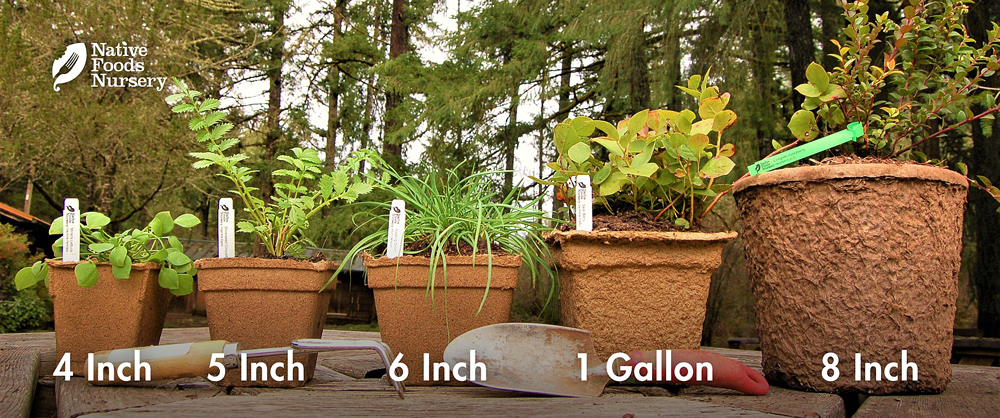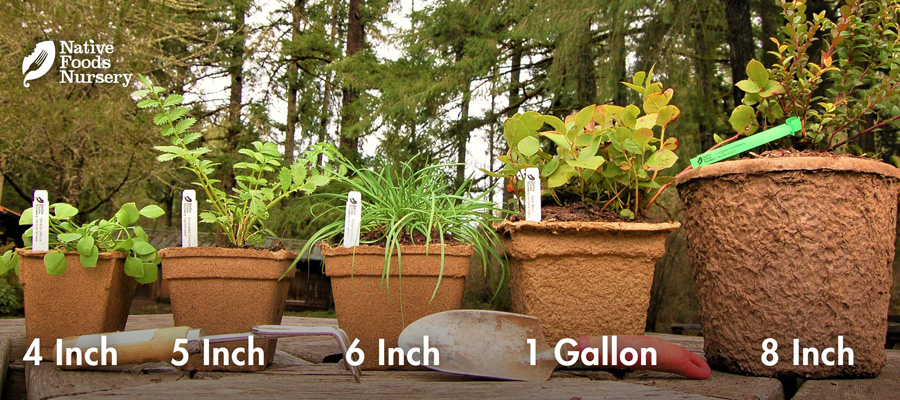California Compassplant
- Current Stock:
- 0
- Other Names:
- Indian Wheat, Narrowleaf Mule's Ears, Uamelk Tepok (Kalapuya, pronounced “oo-AH-melk TEP-ok”)
- Latin Name:
- Wyethia Angustifolia
California Compassplant is a native, perennial wildflower resembling a sunflower - with edible seeds and young leaves. It blooms in the Spring and dies back to the root every Winter.
NOTE: Our small plants naturally go dormant, often without flowering, by July of each year. If you order them after that time, you'll have to wait until spring for additional growth and flowers.
Edible Uses
California Compassplant is a perennial herb that has edible seeds and leaves. The seeds of this native food were traditionally dried and ground and used with other cereal flowers to make pinole. The ground flour can also be used as a thickener in soups or can be added to cereal flours when making breads, Young leaves and can be eaten raw or cooked lightly like a potherb.
Additionally, California Compassplant has several traditional medicinal uses, a decoction of leaves was used to reduces fever and induce perspiration. A decoction of the roots was used as an emetic; a poultice of root lather was used for lung problems and to draw blisters.
Ornamental Qualities
The California Compassplant is a excellent choice for the ornamental garden or backyard meadow. The flowers are large and bold with a striking solid yellow color. The large flowers, which can have multiple blooms on a single stalk, will last in the garden from late spring well into July in the right conditions. At first the blooms will draw native pollinators and butterflies and then goldfinches and other small birds seeking out the nutritious seeds.
Environment and Culture
California Compassplant grows in open grasslands and meadows on both sides of the Cascades, they prefer sunny, well drained soils. The California Compassplant will grow well with other meadow and woodland species. Oregon White Oak and California Black Oak both make excellent, open canopy companions. Also consider other moisture loving meadow species like Lupine, Common Camus and Great Camus.
Harvest, Care, and Preparation
The stems and leaves should be harvested in spring when they are young and tender, make sure that you leave enough for the plant to stay healthy, a good rule of thumb is to harvest only 10-15% off of a given plant. Harvest the seeds in fall when the plant has dried down. If you have a large local bird population you may have to take steps to save some for yourself.
The dried seeds are to be ground into a flour; you can use a coffee grinder (keep a separate grinder for herbs and seeds). Once ground you can use it similar to any wild cereal grain, but its true, nutty flavor shines best when used to make pinole:
1/2 cup pinole, ground fine
1/2 tsp ground cinnamon
1 Tbsp brown sugar, honey, or agave nectar
1 Tbsp chia seeds (optional)
It makes a great backpacking snack, lightweight and filling!
- Native Range: CA, OR, WA
- USDA zones: 5-9
- Ease of Care: Easy
- Deer Resistance: Moderate
- Light Requirements: Full Sun
- Soil Type: Any
- Water Requirements: Moist, Drought Tolerant after established
- Pollination: Self Fertile
- Bearing Age: 1-2 years
- Size at Maturity: 1-3 feet
- Bloom Time: April-July
- Harvest Time: Spring and Fall
Pot Sizing Guide







